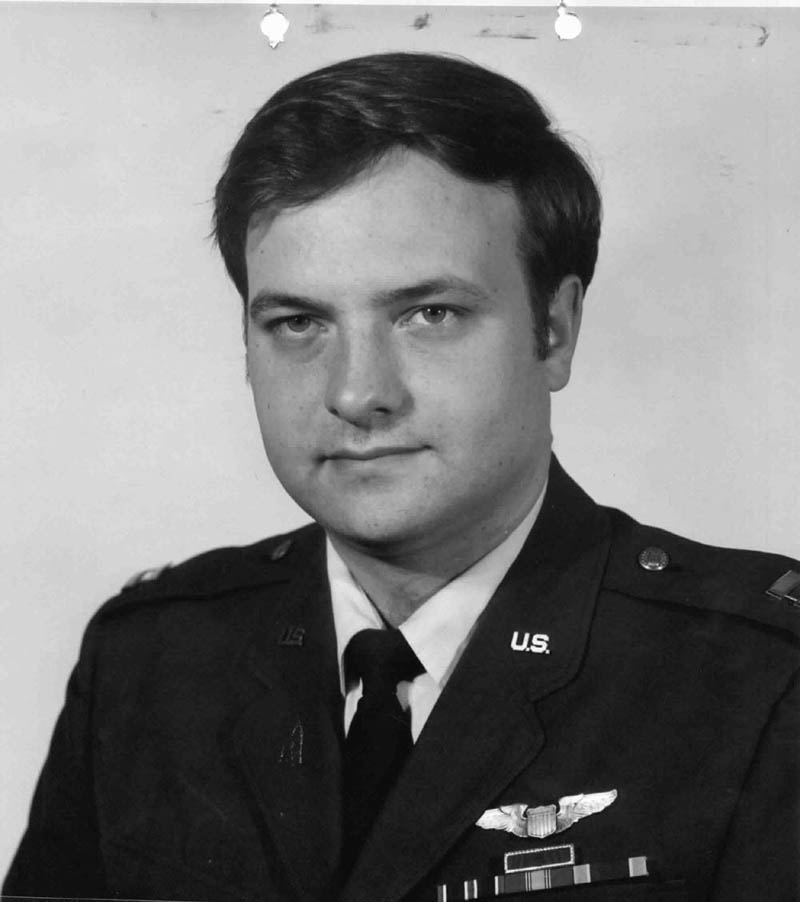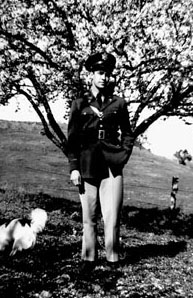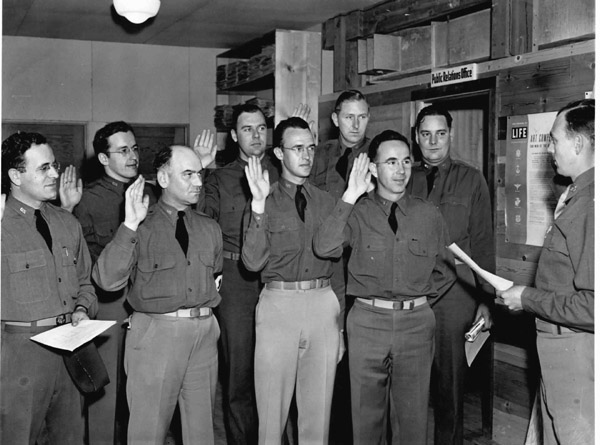William Larrabee (1870 - 1933)
(Greenfield/John/John/Timothy/Frederick/Adam/William)
At the outbreak of the Spanish-American war he enlisted as a private in Company G, Fifty-second Regiment Iowa Volunteer Infantry, and toward the close of the war was commissioned as captain and commissary of subsistence of volunteers, with the rank of captain.He was also a lieutenant-colonel on the staff of Governor Drake, colonel on the staff of Governor Shaw and held a similar rank on the staff of Governor Carroll.
James Wool Larrabee (b: 1838)
Won the Medal of Honor at Vicksburg, MS (5/22/1863) while with Company I, 55th Illinois Infantry. He was wounded at Shiloh and Vicksburg. (Descended from Greenfield Larrabee)
John Frederick Appelman (1784 - 1869)
Served for US in War of 1812. Was in the sea battle between the "Fox" (a Mystic, CT sloop captured by the British) and the "Hero"
Adam Larrabee (1787 - 1869)
(Greenfield/John/John/Timothy/Frederick)
A noted Connecticut soldier and farmer, who graduated from the United States Military academy at West Point in 1811, and served with distinction in the war of 1812. In the campaign of the St. Lawrence river, he took part in the attack on La Colle Mills, as a first-lieutenant of artillery, and was shot through the lungs (on March 30, 1814), the bullet being taken from its lodgment place against his shoulder blade. That historic piece of lead may now be seen in the state historical department at Des Moines, where it is preserved as a relic. For his heroic conduct in this battle, Lieutenant Larrabee was shortly promoted to be captain, but resigned in 1815.
Frederick Larrabee (1760 - 1807)
(Greenfield/John/John/Timothy)
Served on a "privateer" during the Revolution.
Nathan Lester (1742-1813)
Served for 3 years in Revolution served as private in Captain Spalding's company 1st regiment, Connecticut troops, in 1781.
Richard Larrabee (1732 - 1828)
(Greenfield/John/John)
He was a private in Captain Simeon Smith's Company, in a Battalion commanded by Colonel Seth Warner, Continental Army during the Revolutionary War. He enlisted in February, 1777. He was a prisoner-of-war held in Quebec.
Robert Allyn (1728 - 1811)
Was lieutenant, from Groton, May 1775 to 1783 (Connecticut Men in the Revolution, p. 375); was a member of the Order of the Cincinnati.
Benjamin Gallup (1716 - 1800)
Veteran of the French & Indian Wars as well as the Revolution
John Larrabee (1692 - 1745)
(Greenfield/John)
Died in the Battle of Louisburg which took place in Nova Scotia in 1746.
James Avery (1646-1718)
He was Lieutenant in the Connecticut Colonial Militia.
John Stanton (1641 - 1713)
Was in the military in Connecticut in 1675. He was Captain of one of the four Connecticut Regiments in King Philip's War which broke out when Indians tried to reclaim land settled by the whites. It was a bloody affair and one out of every 16 white males of military age was killed. The Europeans won. John Stanton took Chief Canonchet as prisoner, he was the chief sachem of all the Narragansets.
James Avery (1620 - 1700)
He was successively Ensign, Lieutenant, and Captain of the "Trainband" of New London. He was twelve times Deputy to the General Court from 1668 to 1690 and a Judge. He was Lieutenant and afterwards Captain in King Philip's War and served with great distinction in the Swamp Fight on December 19, 1675, in command of the volunteers from New London, Stonington, and Norwich. In 1676 he was Captain of one of the four companies of volunteers which protected the frontiers. (Hubbard's Narrative, pages 125 to 131.)
Captain George Dennison (1620 - 1694)
He was distinguished in military matters. With the exception of Captain John Mason, he was the most conspicuous and daring soldier of New London County. He participated in the Narraganset swamp fight in 1675 and "performed prodigies of valor." Forays were commanded by Captain Denison and Capt James Avery. In 1675 almost every able bodied man enlisted. In 1676, Denison organized an expedition against the Indians and took with him nearly every man fit to bear arms, and overwhelmed the Indians under Cannonchet. (Above text from "History of the 1st Congregational Church of Stonington, Ct")



